Exactly 80 years ago, the Yalta Conference took place, marking not only the end of World War II but also the beginning of a bipolar world order, with the two leading countries being the United States and the Soviet Union.
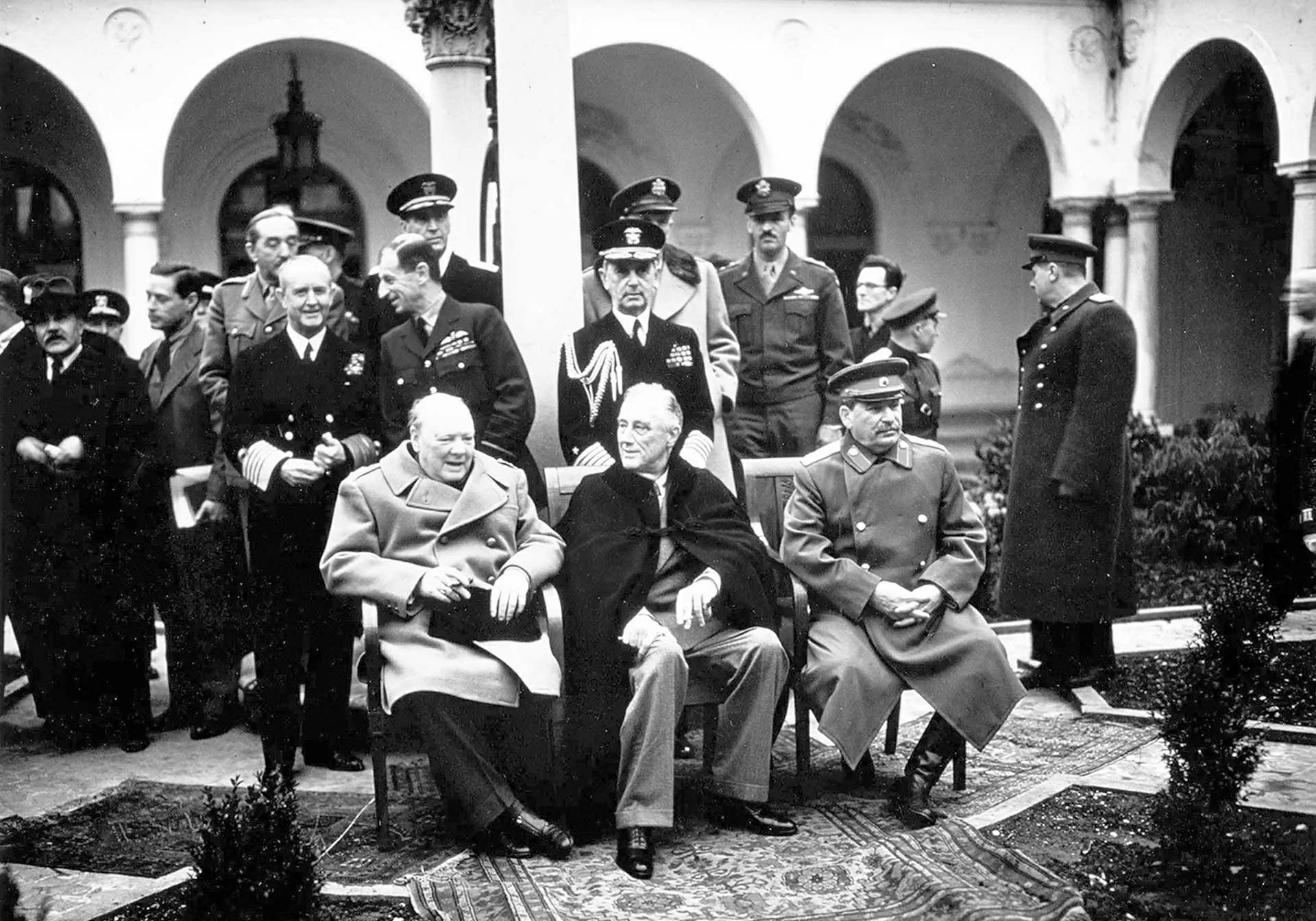 |
| Front row from left: British Prime Minister Winston Churchill, US President Franklin Roosevelt and Soviet General Secretary and Chairman of the Council of Ministers Joseph Stalin at the Yalta Conference, 1945. (Source: US National Archives and Records Administration). |
The Yalta Conference, held from February 4-11, 1945 at the Yalta resort on the Crimean peninsula, brought together the leaders of the three Allied powers in World War II (the “Big 3”) including General Secretary of the Communist Party of the Soviet Union and Chairman of the Council of Ministers Joseph Stalin, US President Franklin D. Roosevelt and British Prime Minister Winston Churchill.
The meeting took place as World War II entered its final stages. The Allies had won significant victories in Europe and the collapse of the Axis powers (Germany, Japan, Italy) was only a matter of time. However, major challenges remained, including how to organize the world, divide the spoils of victory, and how to maintain a lasting peace after the war.
Important agreements
According to the Office of the Historian of the US State Department, the Yalta Conference made important decisions regarding the future course of World War II and the postwar world.
The final communiqué of the conference (February 11, 1945), published by the Office of the Historian, clearly stated that Nazi Germany had been defeated. One of the most important agreements of the conference was the division of Germany into four zones controlled by the great powers of the United States, Great Britain, France and the Soviet Union. The administration and control of the zones were coordinated through the Central Control Commission based in Berlin, composed of the Commanders-in-Chief of the three powers.
The leaders agreed that it was necessary to eradicate fascism, completely disarm Germany, destroy its defense industry and limit its ability to restore its military strength, punish war criminals and force Germany to pay reparations for war damage.
The United States and Britain generally agreed that future governments of Eastern European countries bordering the Soviet Union should be “friendly” to that regime, while the Soviet Union pledged to allow free elections in all territories liberated from Nazi Germany.
Meanwhile, according to the article How Churchill, Roosevelt and Stalin Planned to End World War II? posted on the website of the Imperial War Museum (iwm.org.uk), the issue of Poland's future was a particular focus of the Yalta Conference.
Specifically, the “Big 3” leaders agreed that the Soviet border with Poland be moved west to the Curzon Line, a boundary proposed after World War I. The discussions resulted in agreement on the conditions for establishing a new Polish provisional government in a manner that could be recognized by the three powers.
In addition, the Yalta Conference marked an important step in the establishment of the United Nations (UN). The leaders initially agreed on the UN Charter as well as the organizational structure and veto power of the Security Council, with five permanent members at that time.
In the Asian region, according to the Agreement on Soviet Participation in the War Against Japan published by the Office of the Historian of the US State Department, the three countries signed a protocol in which the Soviet Union pledged to participate in the fight against Japanese militarism with the following conditions: protecting the status quo in Outer Mongolia (or the Mongolian People's Republic), returning to the Soviet Union the rights in the Far East before the Russo-Japanese War (1904-1905) and the Kuril Islands.
Peace foundation?
The Yalta Conference reaffirmed the common determination of the “Big 3” to maintain and strengthen post-war world peace, providing “the guarantee that people in all lands can live their entire lives in freedom, without fear and want,” although each leader came to the conference with his own ideas for rebuilding order in post-war Europe, the conference’s press release stated.
According to an article titled The End of World War II and the Division of Europe published by the Center for European Studies (CES) at the University of North Carolina, US President Roosevelt wanted Soviet help in the fight against Japanese militarism and to join the United Nations. British Prime Minister Churchill urged free elections and the establishment of democratic governments in Central and Eastern Europe, especially Poland.
Meanwhile, General Secretary Stalin wanted the Soviet Union to expand its influence in Eastern and Central Europe, considering it an important element in the federal state's defense strategy. His stance was so tough that, as US Secretary of State from 1945-1947 James F. Byrnes (1882-1972) remarked: "The question is not what we will let the Russians do, but what we can persuade them to do."
For that reason, the Yalta Conference took place in a tense and fierce atmosphere. However, the final decisions were made after agreement and control between the two superpowers, the Soviet Union and the United States.
In this new order, the Soviet Union successfully protected the existence and development of the socialist state, recovered the territories lost in the Russo-Japanese War (1904-1905), and at the same time expanded its influence in Europe and Asia, building a safety belt around the country. Meanwhile, the United States, in the new order, dominated, exerted profound influence on the Western European powers and Japan, dominated the international situation and gradually realized its ambition of "global hegemony".
According to the Office of the Historian, the initial reaction to the Yalta agreements was one of celebration. President Roosevelt, like many other Americans, saw them as evidence that the spirit of wartime cooperation between the United States and the Soviet Union would be maintained in the postwar period.
Time magazine at that time affirmed that: "Any doubts about the ability of the 'Big 3' to cooperate in peace as well as war seem to have now been dispelled", while former Secretary of State James F. Byrnes commented: "The wave of friendship between Britain - Soviet Union - America has reached new heights".
Former US Secretary of State Henry Kissinger (1923-2023) praised Yalta as an excellent diplomatic strategy by the allied leaders, especially President Roosevelt, despite many complicated factors. According to him, Yalta was the result of practical and necessary cooperation to ensure stability after the war.
The success of Yalta lay in the fact that the three superpowers were able to coexist and manage major issues while maintaining their separate interests.
Cold War expert John Lewis Gaddis, currently Professor of Military and Naval History at Yale University (USA), commented in his book The United States and the origins of the Cold War, 1941-1947 that the Yalta Conference was an important step in maintaining cooperation between allied powers as the war was coming to an end.
However, the Office of the Historian of the US State Department itself admitted that this “allied sentiment” did not last long. With the death of President Roosevelt on April 12, 1945, Harry S. Truman became the 33rd president of the United States and by the end of April 1945, the new administration was in conflict with the Soviet Union over their influence in Eastern Europe and the UN.
From there, many Americans, concerned about the lack of cooperation from the Soviet Union, began to criticize the way President Roosevelt handled the Yalta negotiations. To this day, many even accuse him of “handing over” Eastern Europe to the Soviet Union, despite the fact that the Soviet Union made many significant concessions.
British historian AJP Taylor (1906-1990) commented in his work English History 1914-1945 that the Yalta Conference left behind “a divided Europe and an unstable world”.
Professor Gaddis shares this view, arguing that the decision to allow the Soviet Union to expand its influence in Eastern Europe facilitated the formation of the “Iron Curtain” that separated Central and Eastern Europe from the rest of the continent, as well as the beginning of the Cold War in 1947.
On the Russian side, in an interview with the Russian news site Top War in 2015, historian and Soviet diplomat Valentin Falin (1926-2018) assessed that the Yalta Conference was the best opportunity for peoples since ancient times.
He quoted US President Roosevelt's speech to Congress on March 1, 1945, about the Yalta agreement between the US, UK and the Soviet Union: "It cannot be a peace of big countries or small countries. It must be a peace based on the common efforts of the whole world." However, according to Mr. Falin, the world that President Roosevelt described did not meet the expectations of the hostile elements in Washington, leading to the risk that "cooperation between the Soviet Union and the US could be broken...".
Even General Secretary Stalin had warned of this problem at the Yalta Conference when he declared: “We cannot allow dangerous differences to arise… But another 10 years will pass, or maybe less. A new generation will appear, who have not experienced everything that we have experienced, and may see many problems differently from us.”
And clearly, the Allies failed to preserve the Yalta Conference relationship to the end, as just two years later, the Cold War broke out between the two superpowers, the United States and the Soviet Union.
Source: https://baoquocte.vn/hoi-nghi-yalta-cuoc-gap-go-quyet-dinh-van-menh-the-gioi-303400.html





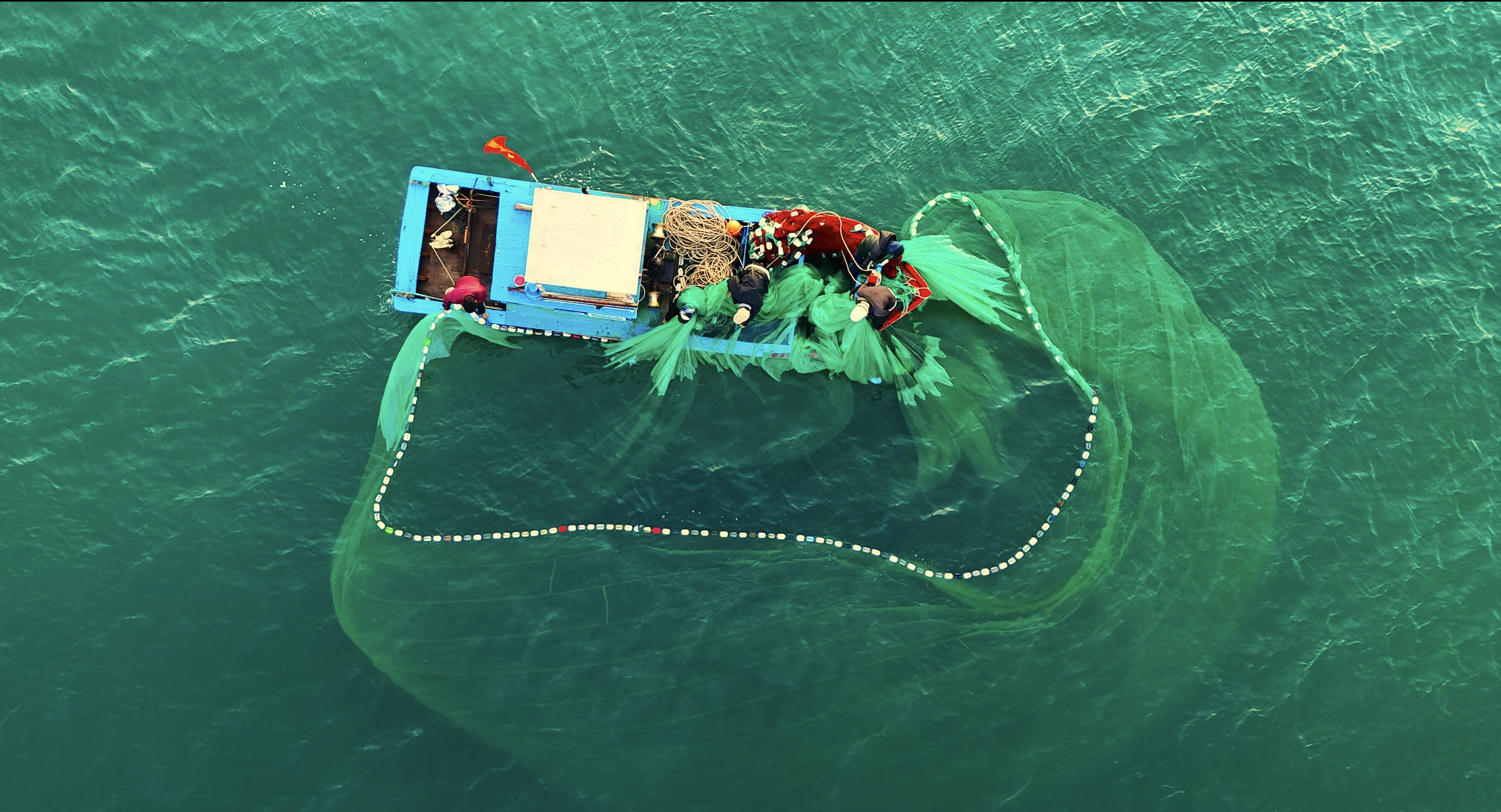
























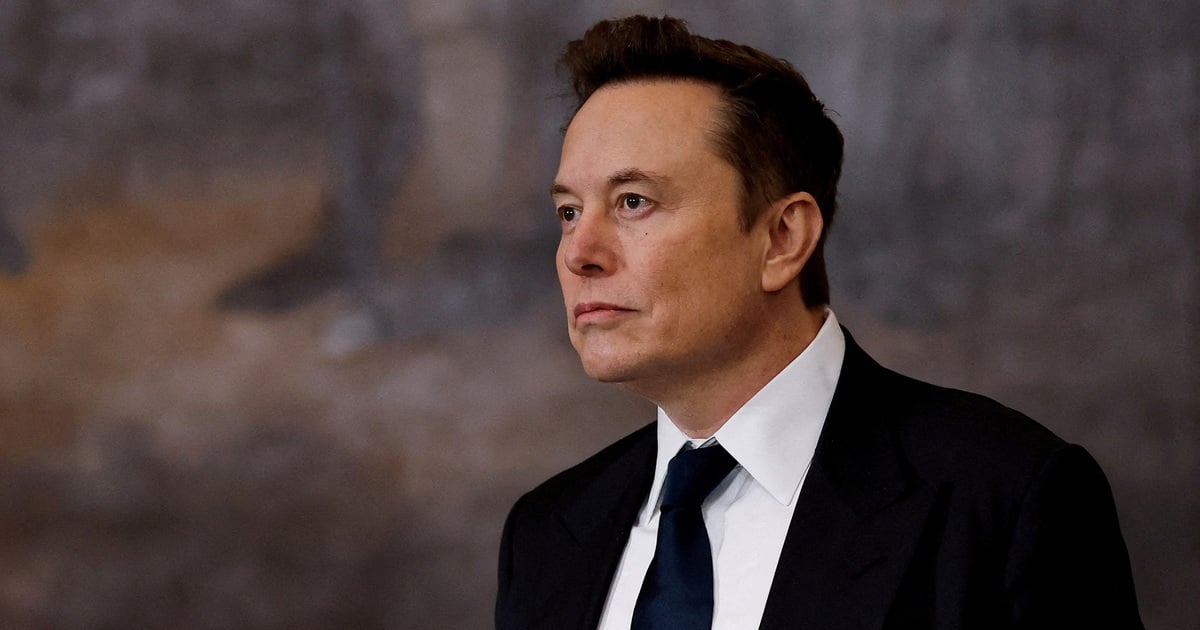

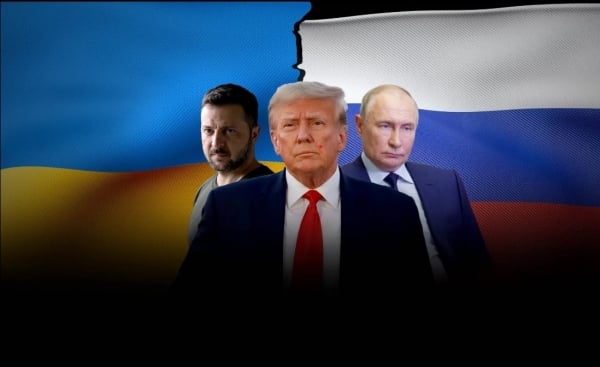
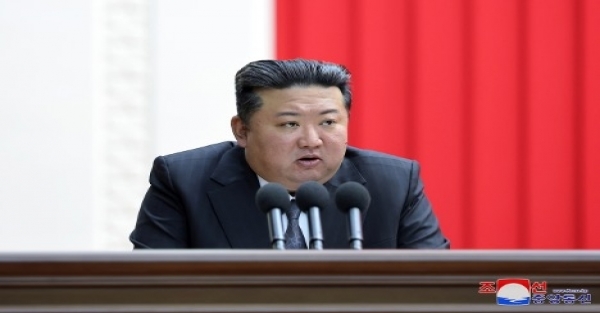

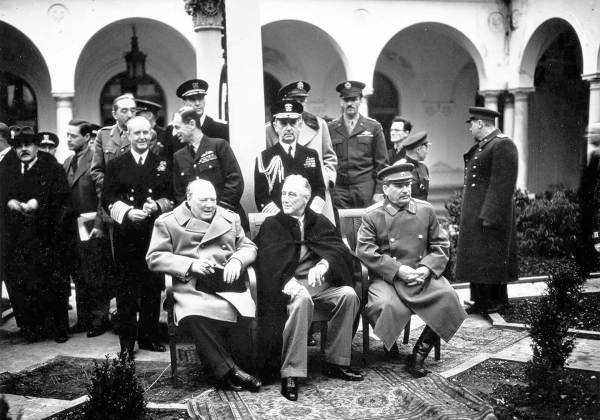
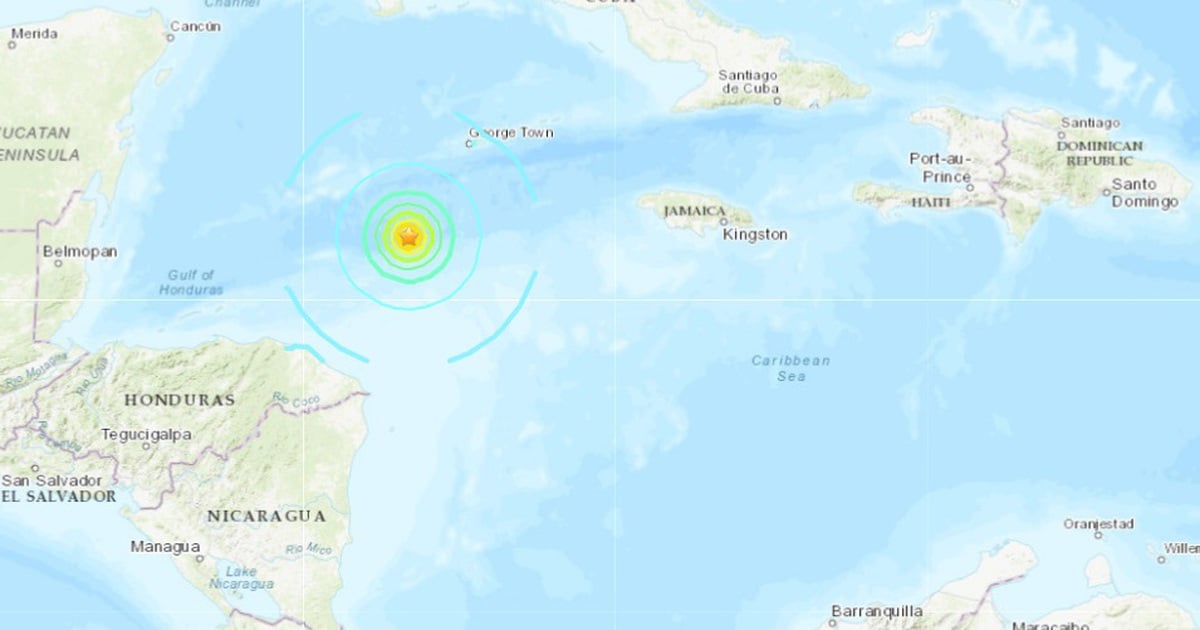




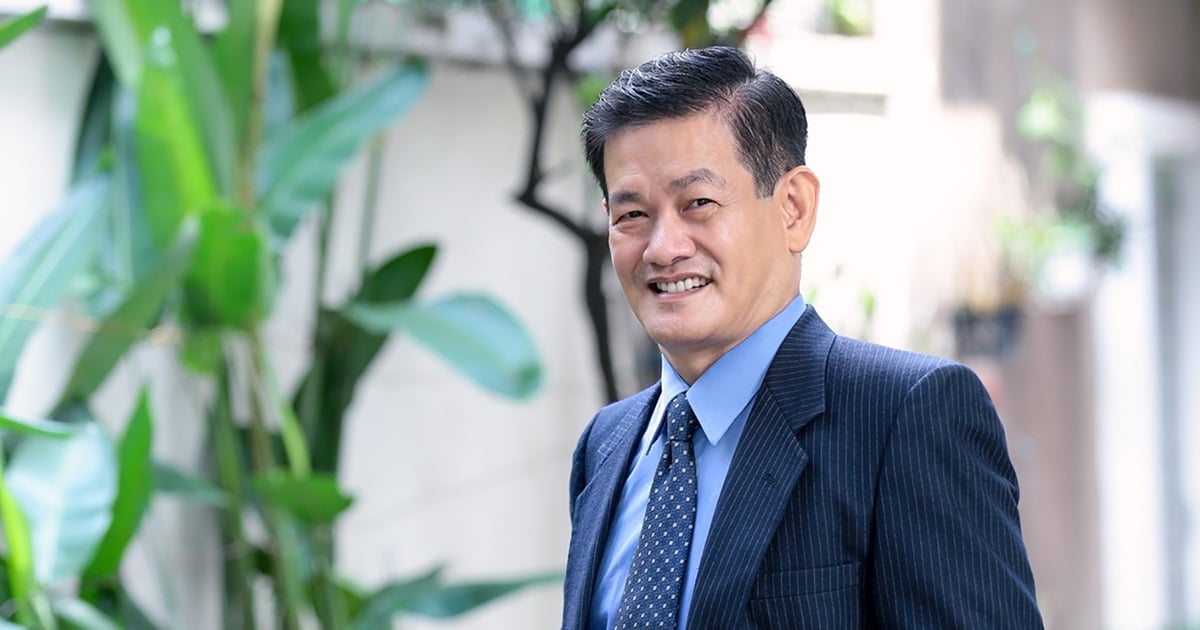

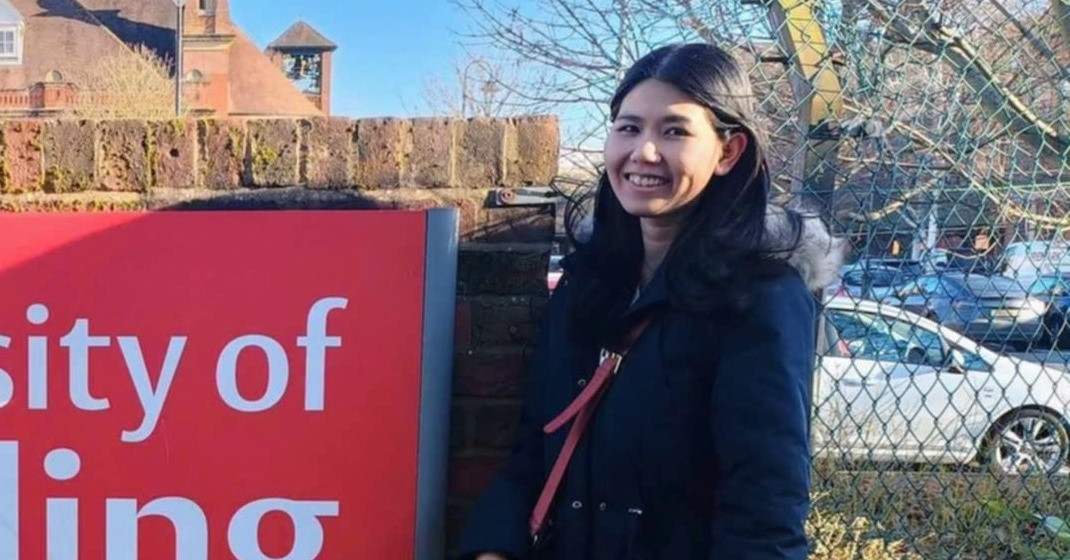

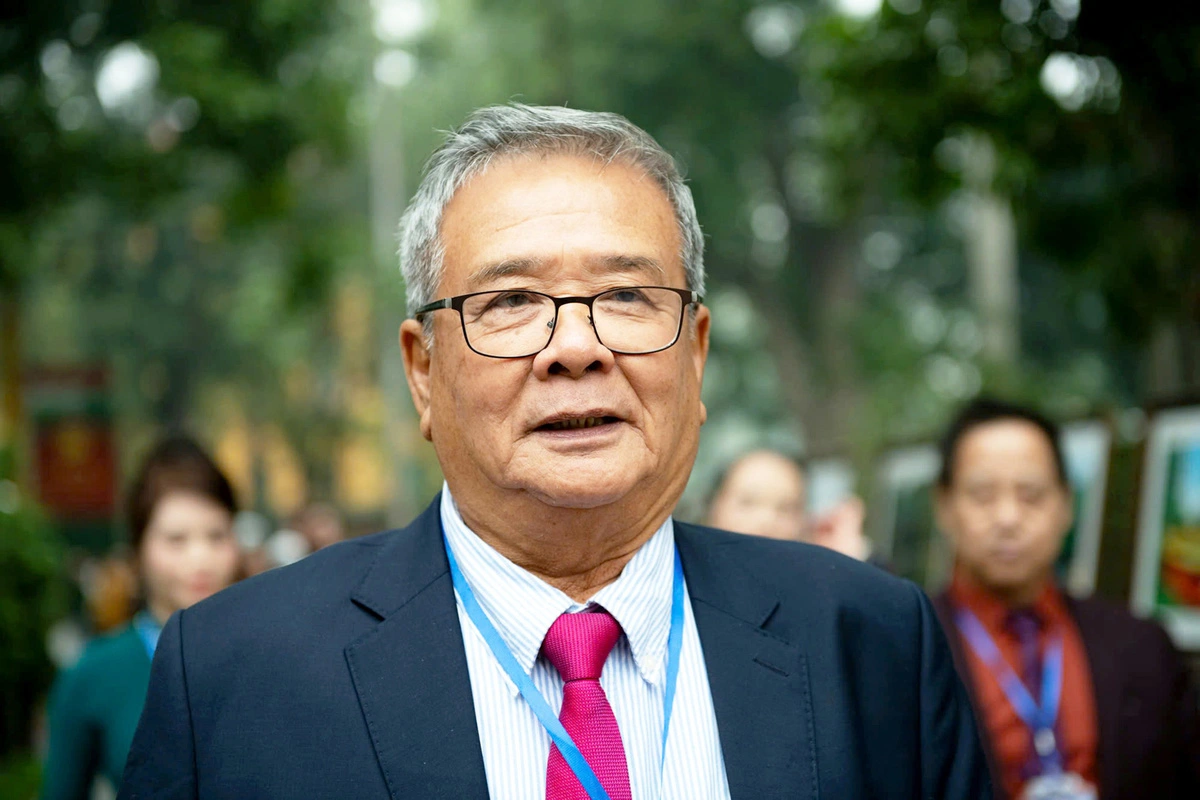





Comment (0)